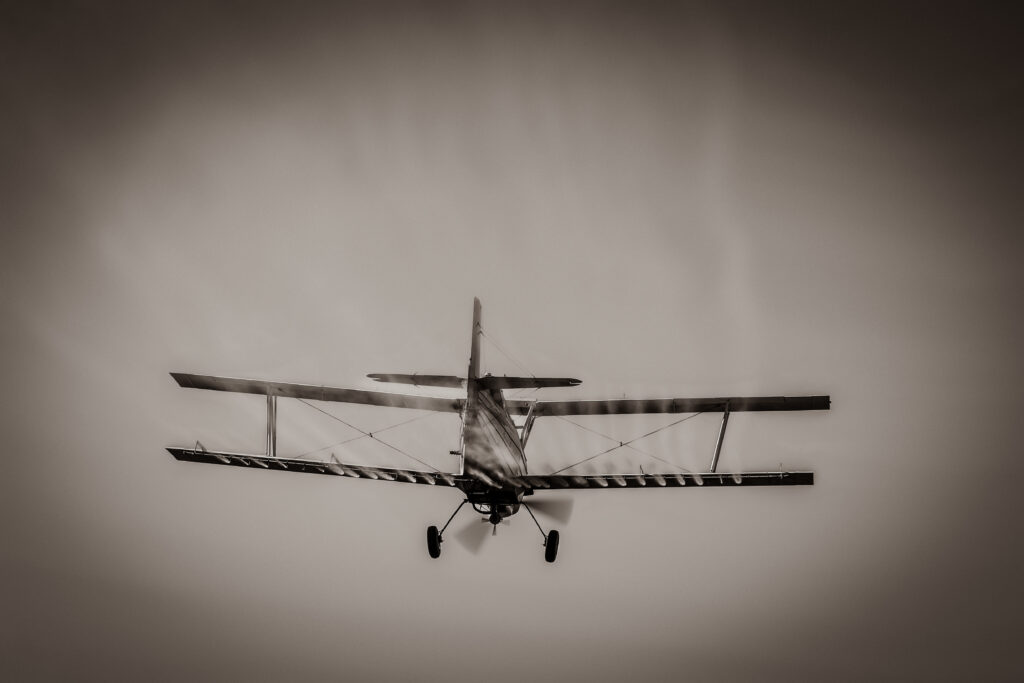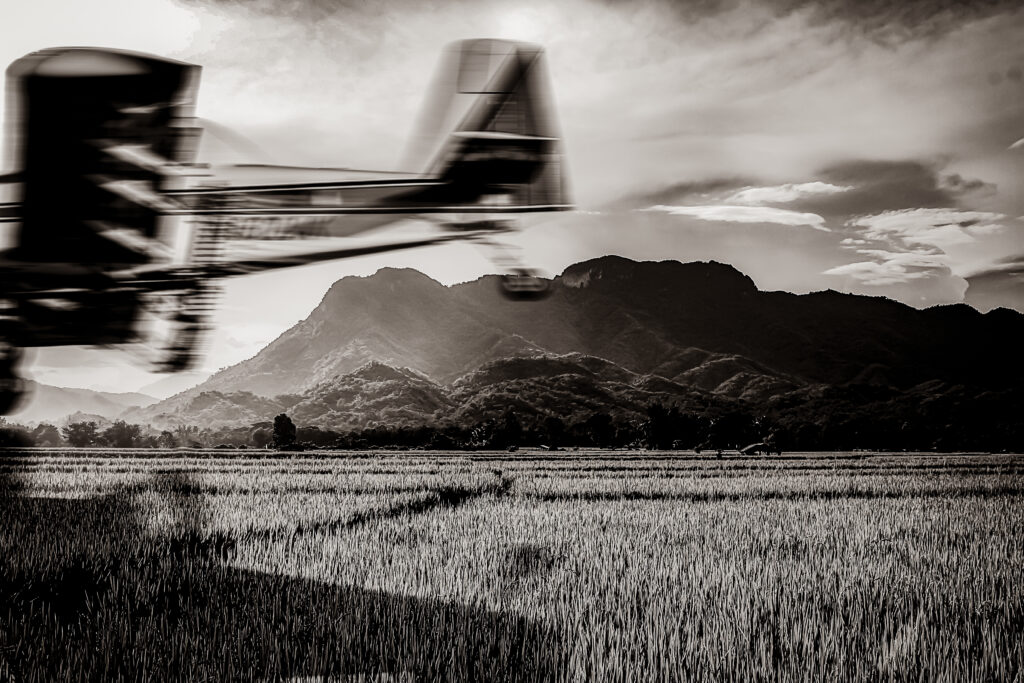But for a nail the shoe was lost. But for a shoe the horse was lost. But for a horse the rider was lost. But for a rider the battle was lost. But for a battle the kingdom was lost. All but for want of a horseshoe nail.
This proverb, dating back to the Middle Ages in various forms, reminds us that seemingly unimportant acts or omissions can have grave consequences, where a minor incident can lead to a major catastrophe. Forgetting to reseat the oil dipstick securely during the walkaround. Inadvertently leaving the air intake plug before starting lighting up the turbine. Overlooking the gust locks before taking to the air. Such acts of omission can rapidly ruin your day at the office.
Luckily, there is a lot we can do to ensure such small events don’t result in giving us grief. I have always been impressed by the professionalism and dedication shown by aerial application operators and the hardworking individuals running professional operations from top to bottom. A large part of the success they enjoy can be directly tied back to their early ag training, where safety is the number one priority and where continuing education in the profession is a given. After a welcome break over the winter months, the arrival of a new season is a great time to reaffirm the commitment to safety and invest the time it takes to review operations to make those operations safer and more efficient.
There is already a lot of information and experience for both novice and experienced pilots. If you haven't already, a great place to start accessing this information is by becoming a member of the national, state, or provincial agricultural aviation associations. To paraphrase the excellent NAAA Professional Operating Guidelines document, the information is designed to help establish operations in providing superior crop protection services, promote safety, and enhance the image of the aerial application industry.
If you are already an association member, ensure you stay actively involved. They are your representative, advocate, and go-between with government agencies and regulators, working to ensure operators comply with existing regulations and adapt to new directives.
There are also many other excellent sources of information and guidance that you can access and adapt to your operations where applicable. A Google search is a good place to start. This is all part of an ongoing educational process that keeps you updated on current and emerging elements you can add to your operations.
Ensuring safety is paramount not only for pilots but also for the ground support and loading crew. The beginning of a new aerial application season is a great time to audit your operation to ensure you’re getting the maximum results and are fully compliant with safe operations.
One of the areas that often gets overlooked or receives minimal attention is the establishment of sound communication and safety procedures around the aircraft with the mixing/loading crew. This is particularly true when you have inexperienced ground crew. One dramatic example I witnessed firsthand occurred when I was working with a fellow pilot on a remote farm strip, with the owner’s son doing the mixing and loading.

The young farm boy was not conversant with the dangers of working around an aircraft and inadvertently backed into an idling propeller. That day, he turned out to be the luckiest man alive, as his only injuries were deep lacerations to his arm. Needless to say, we took the time to regroup and reestablish safe working protocols.
An ounce of prevention is worth a pound of cure, and this is especially relevant to developing and regularly practicing emergency response procedures, both on the ground and in the air. When something untoward happens, you want the brain and hands to work efficiently to deal with the issue at hand.
Finding a simulator for your aircraft type is often impossible, so the only alternative is to spend some time in the cockpit reviewing the emergency procedures in the Flight Manual. Yes, it can be tedious, but training the hands to reach for the proper item in reaction to an emergency pays great dividends. You don’t want to be trying to locate that darn hopper gate release on an unfamiliar aircraft when things are not going so well.
Any article on safety would not be complete without a reference to fatigue. This ill-tempered aviation gremlin seems to be directly or indirectly responsible for many accidents and incidents. It is, in fact, one of the most frequently cited conditions as a contributing factor in aviation accidents. Its insidious nature means it can creep up on you without you being aware, considerably reducing your concentration and energy levels and leading to errors and oversights.
There have been many new advances in understanding the physiology and mental aspects of fatigue and designing coping strategies that can eliminate or at least minimize its effects on human performance. Here are a few areas you can check out to begin building your safety net for keeping fatigue at bay when the action gets hot and heavy.

Prepare your facilities so your pilots and crew can properly nap when needed. I know that it’s tough when you have a major infestation and are just struggling to keep your head above water, but providing a quiet, dark, and comfortable nap or sleeping area may help you avoid trouble.
The same goes for making work breaks a part of normal operations. Simply shutting the aircraft down for a half-hour break in the action can help recharge your batteries and help relieve a bit of that taut, stressed look so evident to others.
The beginning of a new season is a time of optimism and energy. But always remember that one little nail, if overlooked, can provide excitement you just don’t need. Play it safe, play it by the book. You (and others) will be glad you did.







